 What is Phoenix Keylogger? How to remove Phoenix Keylogger from your PC or Mac?
What is Phoenix Keylogger? How to remove Phoenix Keylogger from your PC or Mac?
The Phoenix Keylogger is a dangerous malware threat for Microsoft Windows computers. It can be acquired from various sources. What we know for sure is that the main engine exhibits multiple advanced and very dangerous modules. It is advised that active infections be removed as soon as possible.

Threat Summary
| Name | Phoenix Keylogger |
| Type | Malware, Trojan, Keylogger |
| Short Description | A dangerous malware which can launch a miner and start a Trojan module. |
| Symptoms | The victims may notice performance issues and can get infected with other malware. |
| Distribution Method | Common distribution tactics and direct web attacks. |
| Detection Tool |
See If Your System Has Been Affected by malware
Download
Malware Removal Tool
|
User Experience | Join Our Forum to Discuss Phoenix Keylogger. |

Phoenix Keylogger — Overview
The Phoenix Keylogger is a virus threat that contains several malicious components and is distributed via an unknown hacking group. At this time there is no information regarding the criminals and their experience. As more information becomes available we will update the article. It can be categorized as an advanced Trojan due to the complex behavior it exhibits.
The security analysis on the detected samples does not indicate which is the primary distribution method. As it is mainly a Keylogger there are several likely methods that can be used by the hackers:
- Email Phishing Messages — The criminals can craft emails that appear as legitimate notifications that have been sent by well-known companies or services that they are using. Usually in their contents the virus file will be attached or linked.
- Malware Bundle Installers — The hackers can create malware setup bundles of popular applications which are often installed by the end users.
- Phishing Sites — The criminals can create dangerous sites that imitate well-known companies or services.
- File-Sharing Networks — The executable files can be easily uploaded to various networks like BitTorrent where both legitimate and pirate data is commonly found.
Whatever distribution method is chosen by the hackers the virus infection will be started immediately. The conducted analysis on one of the captured samples shows that the main engine comes encrypted and will be decrypted by the initial infection engine. The unpacked files will then run a built-in sequence that will start a security bypass operation. It is programmed to scan for the presence of virtual machine hosts and other programs that can block the normal operation of the viruses.
When the environment has been prepared accordingly the Phoenix Keylogger will activate its main function — the automatic recording of user input (both keyboard and mouse events). This is to spy on the activities of the victims and acquire their account credentials and information that can expose their identity.
Apart from activating the keylogger function the dangerous code will also schedule the creation of screenshots which will be reported to the hacker operators. The connection to the hacker-controlled server will be persistent — data flow will be constant with information.
The main engine is capable of retrieving contents from the installed web browsers. Trojans like this one will extract cookies, bookmarks, history, preferences and even stored account data. The captured samples have been shown to be compatible with the following web browsers:
360 Browser, Tencent QQ, CoCoc, Vivaldi, Brave Browser, AVAST Software, Chromium, Torch, Orbitum, UC Browser, Slimjet, Comodo Dragon, Epic Privacy Browser, Google Chrome, Opera, Mozilla Firefox and Mozilla SeaMonkey
A distinct feature of the Phoenix Keylogger is that it is able to parse the signatures of Microsoft Outlook, the program used to access email messages. This can be used to plan elaborate phishing attacks.
Instead of using simple HTTP sessions the Phoenix Keylogger has been found to use the SMTP protocol to communicate with the hacker server. The other mechanism through which data can be sent is via the Telegram messenger service. During the execution of the Trojan code an extensive data harvesting engine will be run which will acquire the following information, format it and then sent it via the persistent connection:
- External IP Address
- Computer Hardware ID
- Owner Name
- Full OS Name
- OS Platform
- OS Version
- System Boot Mode
- Physical Memory
- Memory Size
- Available Memory
- Virtual Memory
- Date and Time
The full list of features indicates that this threat should be removed as soon as possible. Read our guide to attempt computer restore and virus removal.

How to Remove Phoenix Keylogger
In order to fully remove Phoenix Keylogger from your computer system, we recommend that you follow the removal instructions underneath this article. If the first two manual removal steps do not seem to work and you still see Phoenix Keylogger or programs, related to it, we suggest what most security experts advise – to download and run a scan of your computer with a reputable anti-malware program. Downloading this software will not only save you some time, but will remove all of Phoenix Keylogger files and programs related to it and will protect your computer against such intrusive apps and malware in the future.
Preparation before removing Phoenix Keylogger.
Before starting the actual removal process, we recommend that you do the following preparation steps.
- Make sure you have these instructions always open and in front of your eyes.
- Do a backup of all of your files, even if they could be damaged. You should back up your data with a cloud backup solution and insure your files against any type of loss, even from the most severe threats.
- Be patient as this could take a while.
- Scan for Malware
- Fix Registries
- Remove Virus Files
Step 1: Scan for Phoenix Keylogger with SpyHunter Anti-Malware Tool
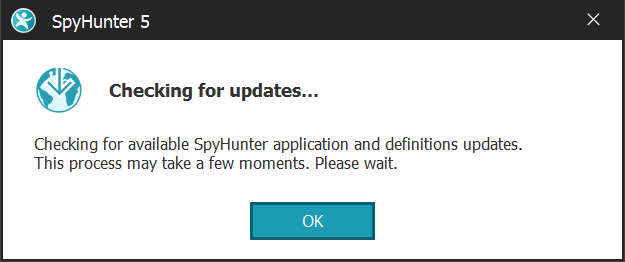
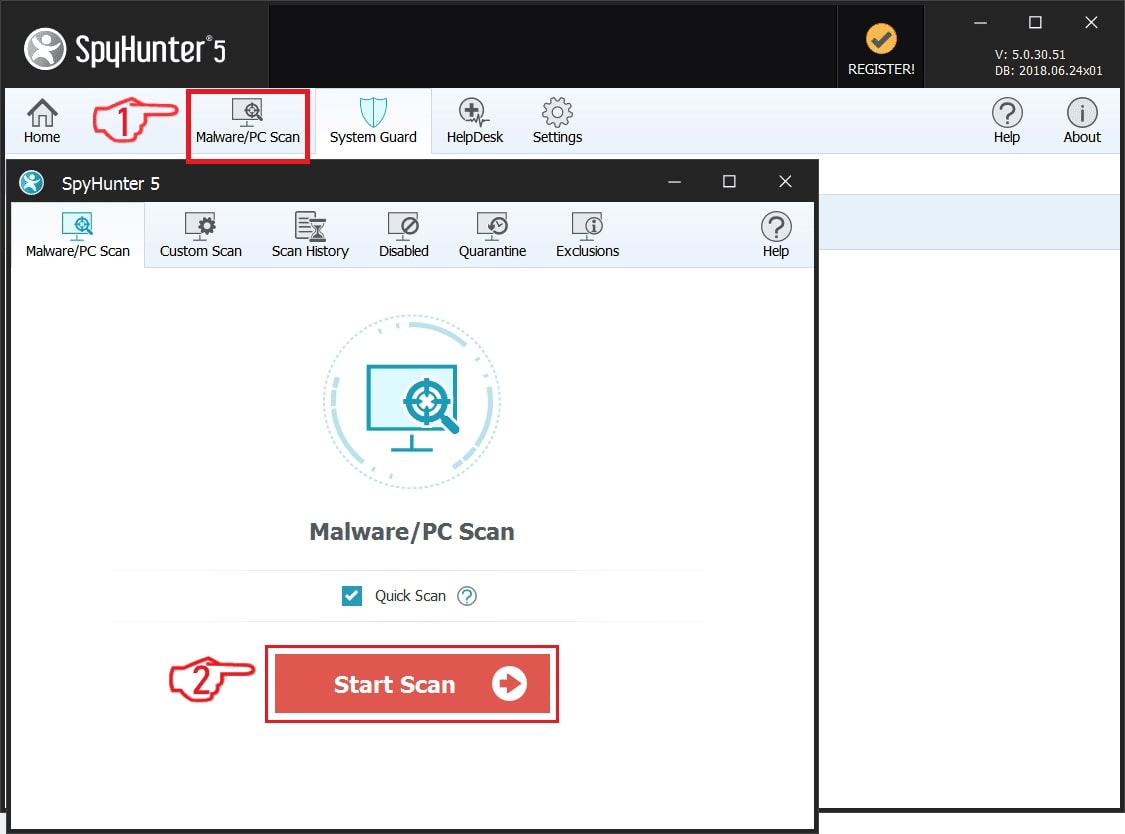
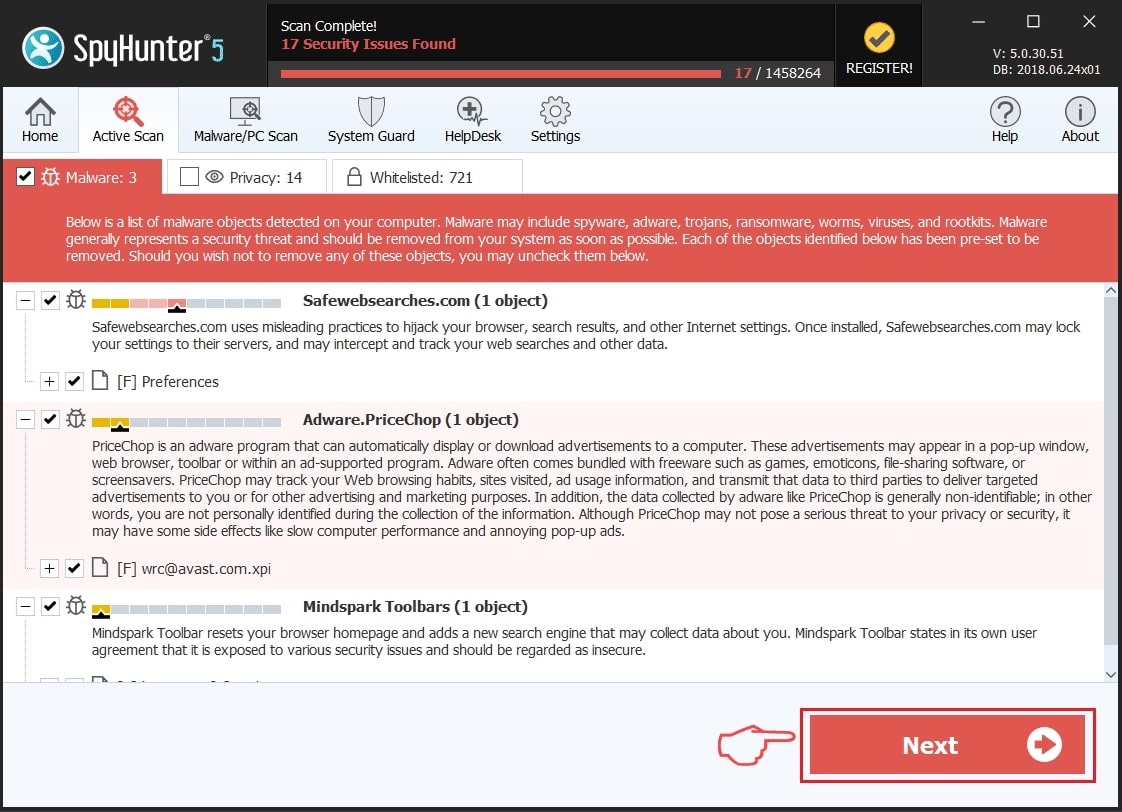
Step 2: Clean any registries, created by Phoenix Keylogger on your computer.
The usually targeted registries of Windows machines are the following:
- HKEY_LOCAL_MACHINE\Software\Microsoft\Windows\CurrentVersion\Run
- HKEY_CURRENT_USER\Software\Microsoft\Windows\CurrentVersion\Run
- HKEY_LOCAL_MACHINE\Software\Microsoft\Windows\CurrentVersion\RunOnce
- HKEY_CURRENT_USER\Software\Microsoft\Windows\CurrentVersion\RunOnce
You can access them by opening the Windows registry editor and deleting any values, created by Phoenix Keylogger there. This can happen by following the steps underneath:
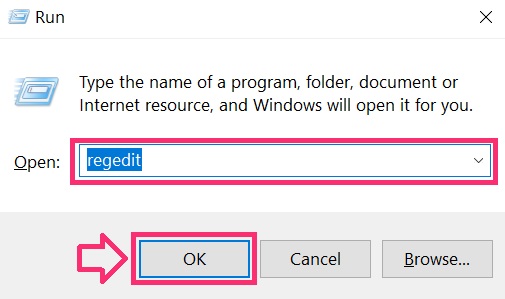

 Tip: To find a virus-created value, you can right-click on it and click "Modify" to see which file it is set to run. If this is the virus file location, remove the value.
Tip: To find a virus-created value, you can right-click on it and click "Modify" to see which file it is set to run. If this is the virus file location, remove the value.Step 3: Find virus files created by Phoenix Keylogger on your PC.
1.For Windows 8, 8.1 and 10.
For Newer Windows Operating Systems
1: On your keyboard press + R and write explorer.exe in the Run text box and then click on the Ok button.
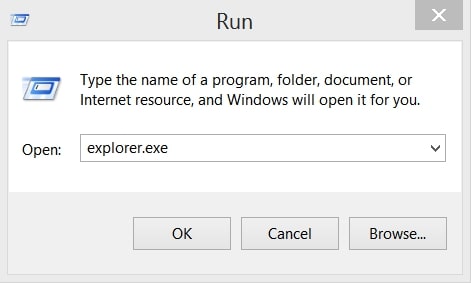
2: Click on your PC from the quick access bar. This is usually an icon with a monitor and its name is either “My Computer”, “My PC” or “This PC” or whatever you have named it.
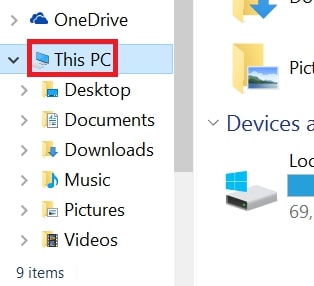
3: Navigate to the search box in the top-right of your PC's screen and type “fileextension:” and after which type the file extension. If you are looking for malicious executables, an example may be "fileextension:exe". After doing that, leave a space and type the file name you believe the malware has created. Here is how it may appear if your file has been found:
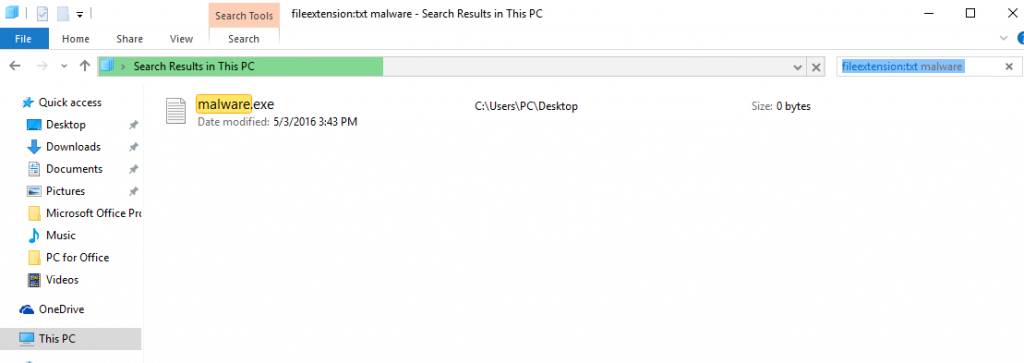
N.B. We recommend to wait for the green loading bar in the navigation box to fill up in case the PC is looking for the file and hasn't found it yet.
2.For Windows XP, Vista, and 7.
For Older Windows Operating Systems
In older Windows OS's the conventional approach should be the effective one:
1: Click on the Start Menu icon (usually on your bottom-left) and then choose the Search preference.
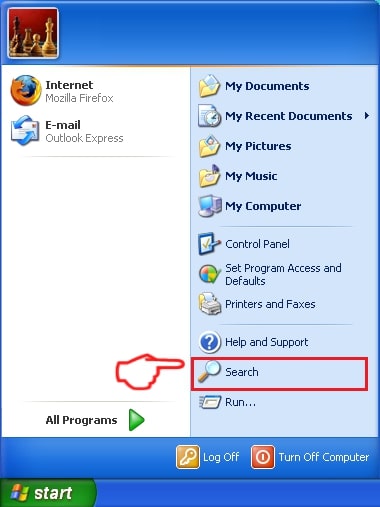
2: After the search window appears, choose More Advanced Options from the search assistant box. Another way is by clicking on All Files and Folders.
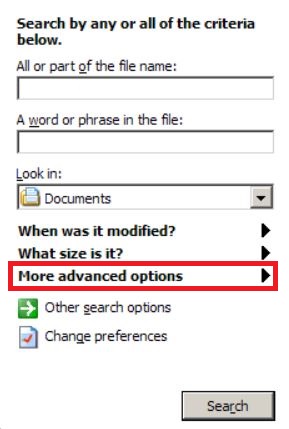
3: After that type the name of the file you are looking for and click on the Search button. This might take some time after which results will appear. If you have found the malicious file, you may copy or open its location by right-clicking on it.
Now you should be able to discover any file on Windows as long as it is on your hard drive and is not concealed via special software.
Phoenix Keylogger FAQ
What Does Phoenix Keylogger Trojan Do?
The Phoenix Keylogger Trojan is a malicious computer program designed to disrupt, damage, or gain unauthorized access to a computer system. It can be used to steal sensitive data, gain control over a system, or launch other malicious activities.
Can Trojans Steal Passwords?
Yes, Trojans, like Phoenix Keylogger, can steal passwords. These malicious programs are designed to gain access to a user's computer, spy on victims and steal sensitive information such as banking details and passwords.
Can Phoenix Keylogger Trojan Hide Itself?
Yes, it can. A Trojan can use various techniques to mask itself, including rootkits, encryption, and obfuscation, to hide from security scanners and evade detection.
Can a Trojan be Removed by Factory Reset?
Yes, a Trojan can be removed by factory resetting your device. This is because it will restore the device to its original state, eliminating any malicious software that may have been installed. Bear in mind that there are more sophisticated Trojans that leave backdoors and reinfect even after a factory reset.
Can Phoenix Keylogger Trojan Infect WiFi?
Yes, it is possible for a Trojan to infect WiFi networks. When a user connects to the infected network, the Trojan can spread to other connected devices and can access sensitive information on the network.
Can Trojans Be Deleted?
Yes, Trojans can be deleted. This is typically done by running a powerful anti-virus or anti-malware program that is designed to detect and remove malicious files. In some cases, manual deletion of the Trojan may also be necessary.
Can Trojans Steal Files?
Yes, Trojans can steal files if they are installed on a computer. This is done by allowing the malware author or user to gain access to the computer and then steal the files stored on it.
Which Anti-Malware Can Remove Trojans?
Anti-malware programs such as SpyHunter are capable of scanning for and removing Trojans from your computer. It is important to keep your anti-malware up to date and regularly scan your system for any malicious software.
Can Trojans Infect USB?
Yes, Trojans can infect USB devices. USB Trojans typically spread through malicious files downloaded from the internet or shared via email, allowing the hacker to gain access to a user's confidential data.
About the Phoenix Keylogger Research
The content we publish on SensorsTechForum.com, this Phoenix Keylogger how-to removal guide included, is the outcome of extensive research, hard work and our team’s devotion to help you remove the specific trojan problem.
How did we conduct the research on Phoenix Keylogger?
Please note that our research is based on an independent investigation. We are in contact with independent security researchers, thanks to which we receive daily updates on the latest malware definitions, including the various types of trojans (backdoor, downloader, infostealer, ransom, etc.)
Furthermore, the research behind the Phoenix Keylogger threat is backed with VirusTotal.
To better understand the threat posed by trojans, please refer to the following articles which provide knowledgeable details.

